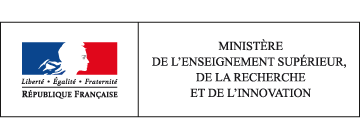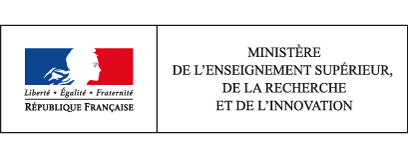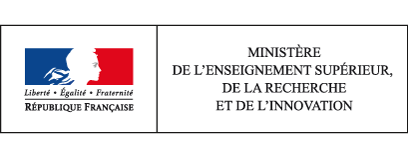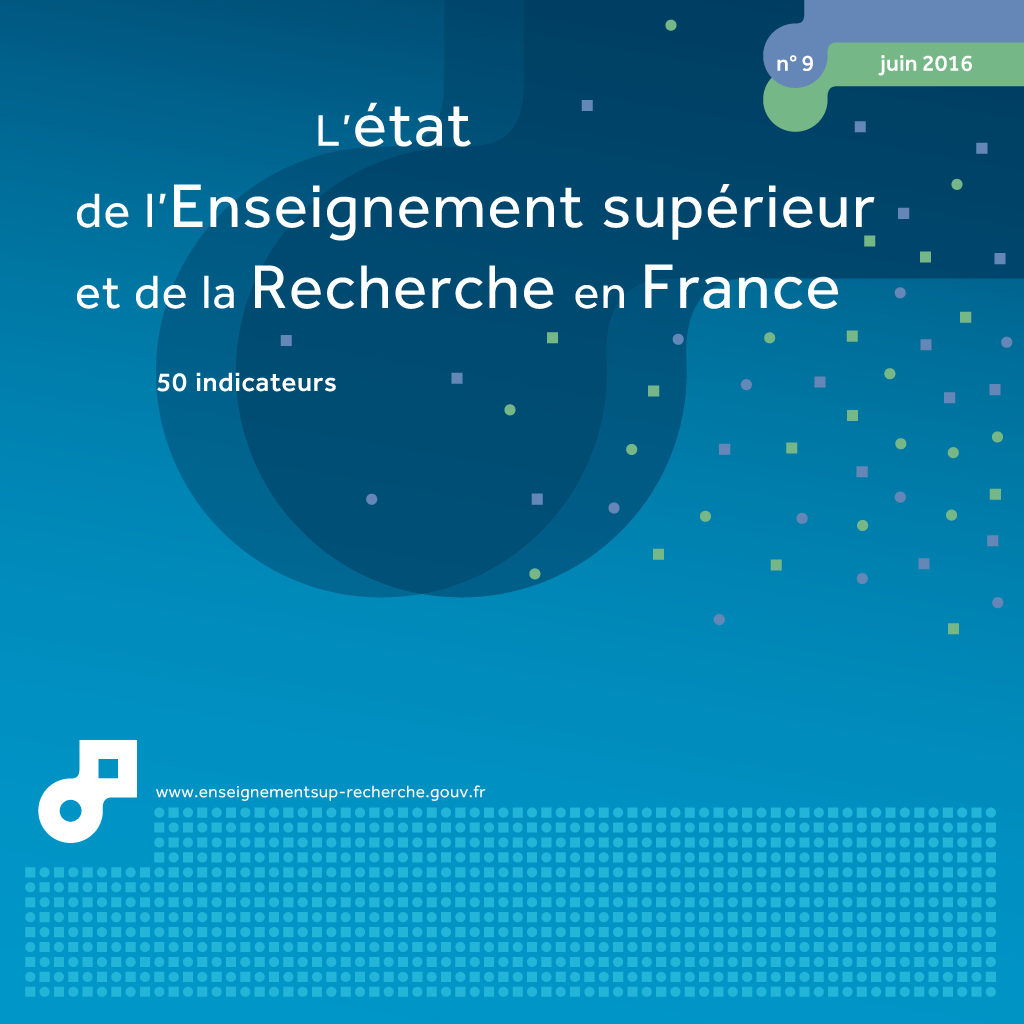49 France's technological production as measured by patent applications to the European Patent Office
In 2013, France was ranked 4th in the world in the European patent system with 6.3% of applications recorded. Its main specialisations are in the sub-fields of 'Transport' and 'Micro-structures and nano-technology'. In all fields combined, France's world share has been stable since 2008. During this time, however, the share of France's European patents involving international collaboration has increased by 10%.
A patent for an invention is a title that gives its holder an exclusive right to exploit the invention for a certain time and in a limited territory. The rights associated with filing a patent are related to the countries covered by the office where the holder made the application. Because it is so easy to file an application, applicants find the European patent system, managed by the EPO, particularly attractive. In 2013, France's world share of European patent applications was 6.3%. This share was 8.3% in 1994. It declined on a regular basis until 2007, then stabilised. The reason for this decline is partly the dynamism of new countries in technological production, which has resulted in a considerable increase in the total number of patents in the European system.
In the European patent system in 2013, France specialised in the fields of 'Mechanical engineering' (specialisation index 1.20) and 'Other fields' (index 1.17), a category which includes consumer goods and civil engineering. It is under-specialised in 'Electronics-electricity' and 'Instruments' (chart 49.01). Between 2008 and 2013, France's specialisation profile became more homogeneous: France reduced its de-specialisation in 'Instruments' (+16%) and its specialisation in 'Other fields' (-9%).
In 2013, in the 35 technological sub-fields, France filed between 8% and 12% of European patent applications worldwide in 'Transport', 'Micro-structural and nano-technology', 'Other special machines' and 'Organic fine chemistry', 'Environmental technology' and 'Civil engineering' (table 49.02). Between 2008 and 2013, among its top ten specialist sub-fields in the European patent system, France's contribution increased notably in 'Basic communication processes, 'Measurement' and 'Micro-structural and nano-technology'.
The share of patent applications involving a foreign applicant is measured by the share of European patent applications by France for which one or more of the applicants are located outside France. In 2013, in all fields combined, 23.9 % of patent applications involved a foreign applicant (chart 49.03). This share was much greater in the Chemistry-materials field (31.8%); between 2008 and 2013, it increased in two areas: 'Mechanical engineering' and 'Other fields'. At the same time, this share fell by 26% in 'Electronics-electricity' and by 11% in 'Instruments'.
In 2013, the largest shares of European patent applications from all countries worldwide came from the United States, Germany and Japan (chart 49.04). Next came France and the United Kingdom. Between 2008 and 2013, China almost tripled its world share. The share of applications by Denmark and Taiwan, countries which are more modest technological producers in the European patent system, increased by more than 20%. Japan and Italy's share decreased by 10%, and that of the Netherlands 9%.
In 2013, the share of European patent applications by France which included international co-invention was 19.2% (chart 05). This share was similar for the Netherlands and for China and considerably higher for the United Kingdom and Switzerland (26% and 36.9% respectively). For two Asian countries, Japan and South Korea, their share of European patent applications involving international collaboration was small. Between 2008 and 2013, the share of international co-invention patent applications increased for the top ten producing countries (+3% for France), with the exception of China (-27%), South Korea (-7%) and Japan, where it stagnated.
Tessa Enock Levi, Françoise Laville, Chris Roth & Marie-Laure Taillibert
How to cite this paper :
close
Key figures
49.01 European patent applications: specialisation index, by technical field, for France (2008 and 2013)
You can embed this chart to your website or your blog by copying the HTML code and pasting it into the source code of your website / blog:
close
49.02 European patent applications: specialisation index and world share for France's top ten sub-fields of specialisation (2008, 2013 and change from 2008 to 2013)
You can embed this table to your website or your blog by copying the HTML code and pasting it into the source code of your website / blog:
close
49.03 European patent applications: share of patent applications involving an applicant abroad, by technical field, for France (2008 and 2013) (%)
You can embed this chart to your website or your blog by copying the HTML code and pasting it into the source code of your website / blog:
close
49.04 European patent applications: world share for the top producing countries, all techincal fields combined (2013, change from 2008 to 2013)
You can embed this chart to your website or your blog by copying the HTML code and pasting it into the source code of your website / blog:
close
49.05 European patent applications: share of patent applications produced with international co-invention, all technical fields combined, for the top ten producing countries (2003, 2008 and 2013)
You can embed this chart to your website or your blog by copying the HTML code and pasting it into the source code of your website / blog:
close
Translation
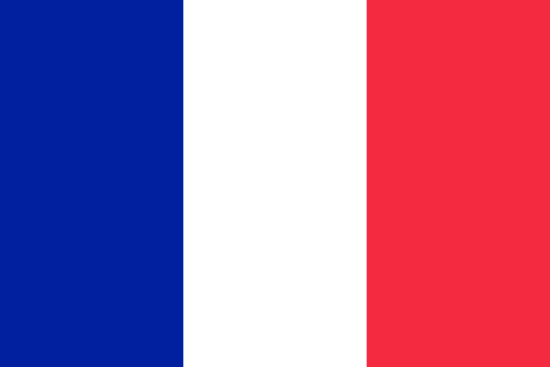 Etat de l'enseignement supérieur et de la rechercheL'état de l'Enseignement supérieur et de la Recherche en France n°9 - Juin 2016
Etat de l'enseignement supérieur et de la rechercheL'état de l'Enseignement supérieur et de la Recherche en France n°9 - Juin 201649 - la production technologique de la France mesurée par les demandes de brevets à l'office européens des brevets - Tessa Enock Levi, Françoise Laville, Chris Roth & Marie-Laure Taillibert
